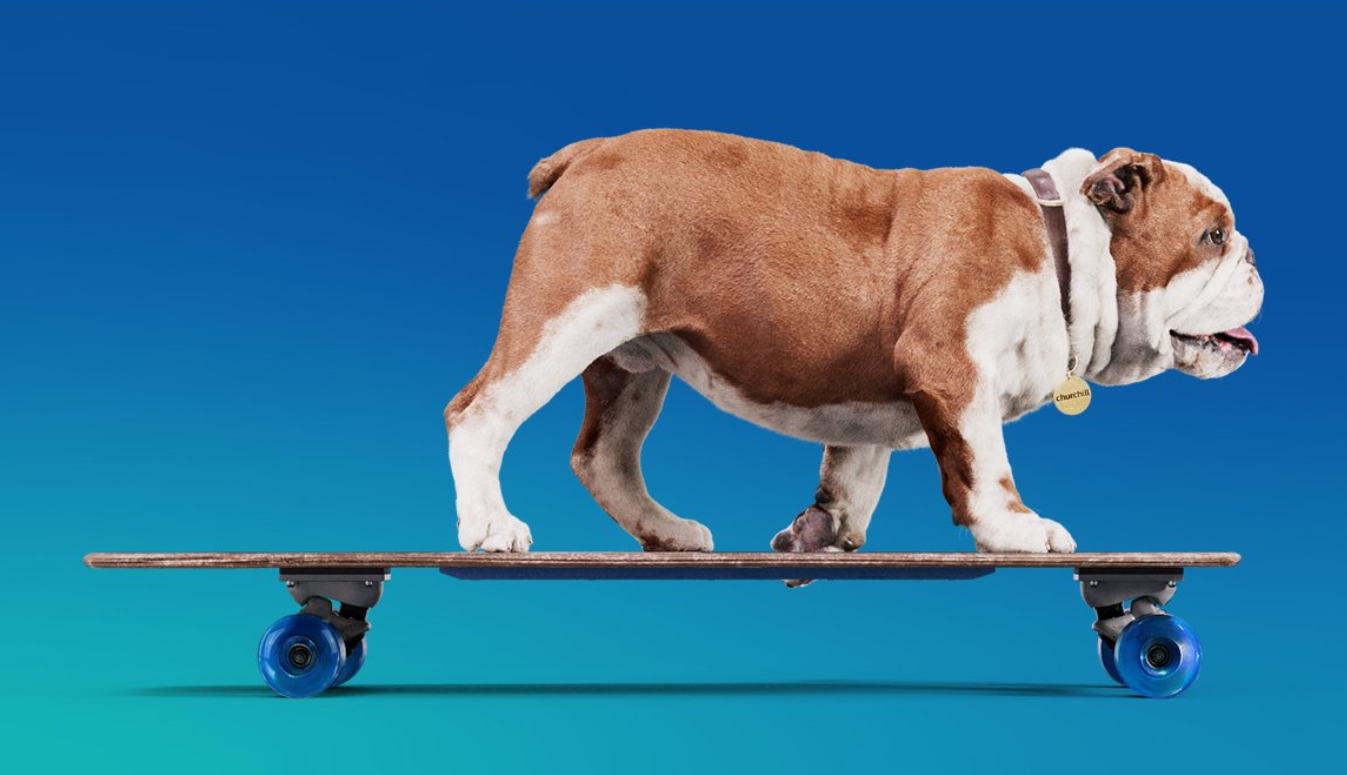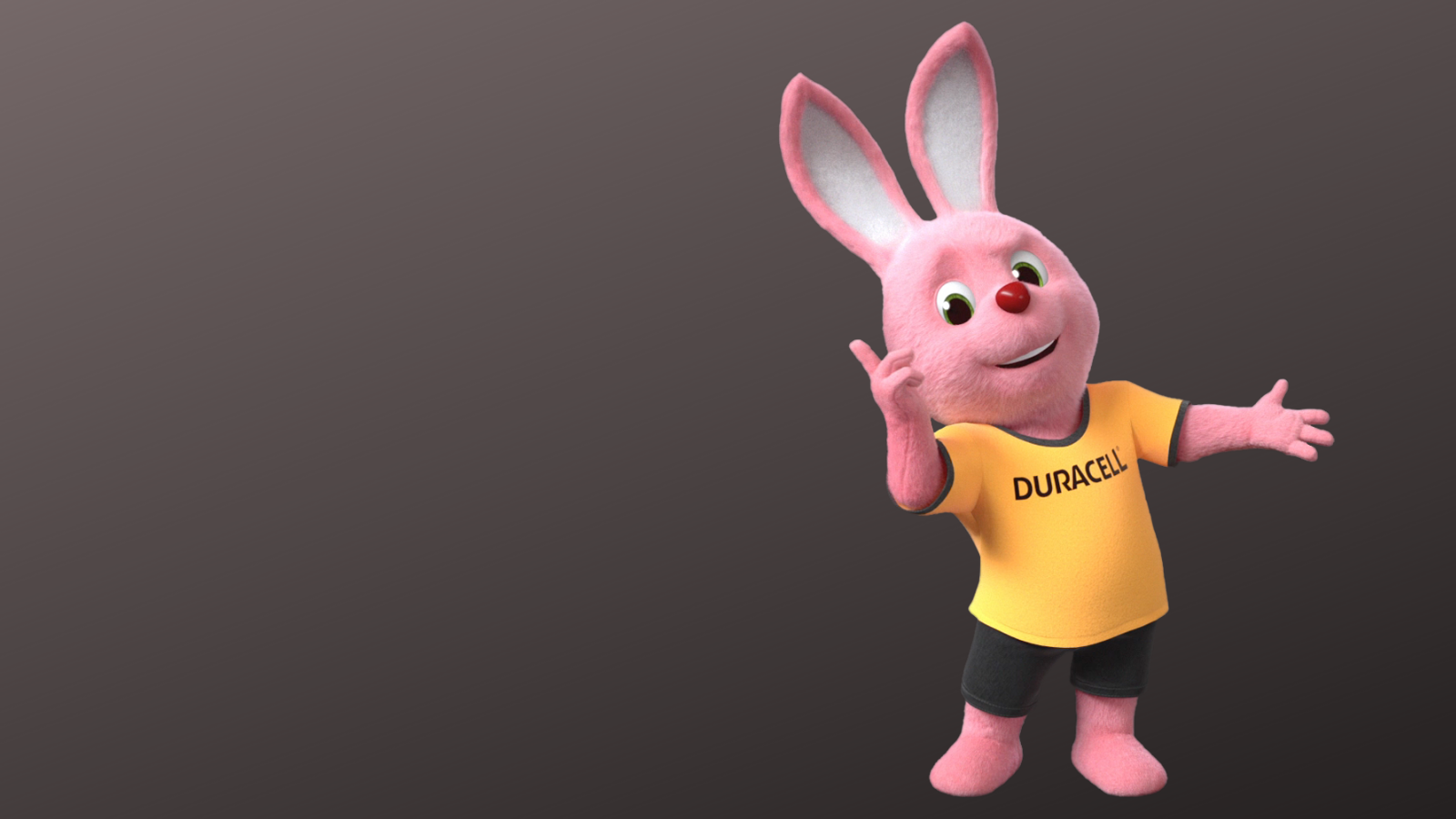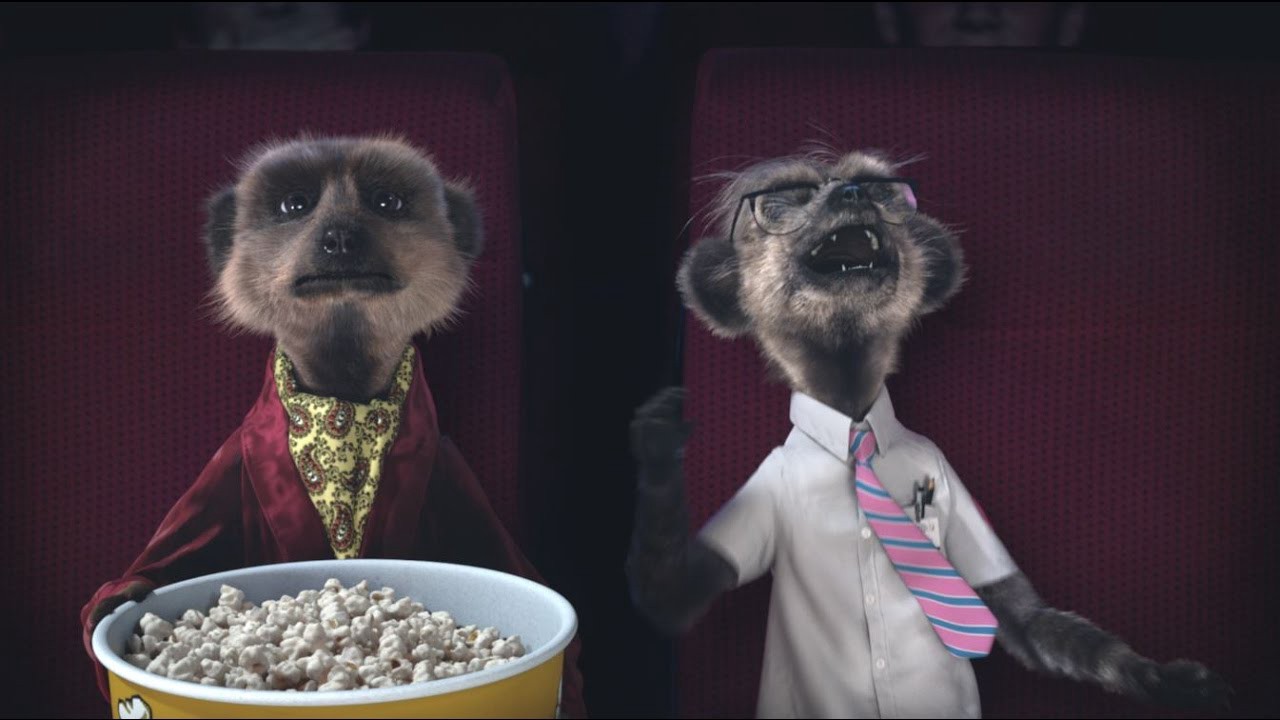The Wunderman Thompson Duracell team: Bob Boxer, global business director, Neil Godber, joint head of planning, and Jason Berry, global creative director, share their thoughts on why mascots are still a good option for brands…
Mascots are grrreat aren’t they?
The Honey Monster, the Smash Martians and Tony the Tiger were everywhere in the ‘seventies and ‘eighties, but comparatively few mascots have emerged since then. Changing tastes, the rise of supermarket own brands and restrictions on the marketing of sugary foods to kids have all played a part in their decline. Perhaps the greatest issue lies in short-term thinking and the marketing industry’s focus on instant wins. But the prognosis shouldn’t be terminal.
There is undoubtedly a disconnect between the professionals and the public. Kevin the Carrot may have got a roasting in the marketing press, but Aldi’s ad took a highly commendable fourth place in Brandwatch’s Christmas ad listings last year. He’s proving an even greater hit with consumers this year, Kantar has rated Kevin’s latest outing the most effective Christmas marketing campaign of 2019.
Clever advertisers have used this perceived ‘naffness’ to their advantage. The likes of Gio Compario play to this and, more recently, Churchill Insurance’s ‘Churchie’ has been reimagined as the meme-friendly ‘Chur-chill’. Overall, mascots have proven particularly successful in these low-interest categories such as insurance and price comparison. Direct Line and Compare the Market have used them to humanise their brands and become household names.
Some brand mascots are timeless. Think of Andrex and pretty much all of us can recall ‘Soft, strong and very, very long’ every time we see a Labrador Retriever puppy. But we can become so wrapped up in a character that we forget the product that’s being sold, especially when there’s a more complex proposition to communicate.














